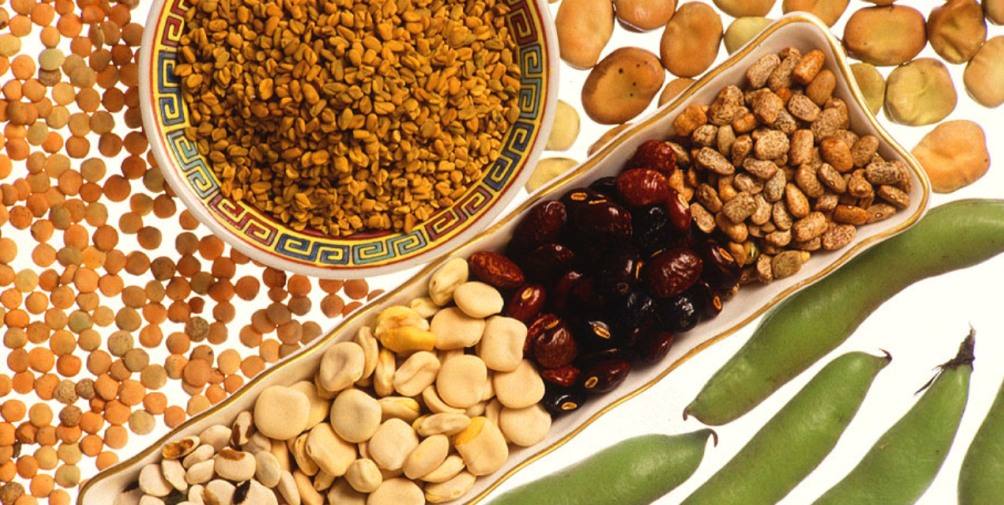Molybdenum is a co-factor for 4 essential enzymes, which are used to remove dangerous sulfites from the body, breakdown aldehydes and certain drugs. It is involved in breaking down nucleotides (DNA). Other functions or molybdenum are still being learned about. The amount found in foods depends on the soil the foods comes from. Higher amounts are found in beans, lentils, grains, liver, and kidney.
Quick Facts
-A co-factor for 4 essential enzymes, which are used to remove dangerous sulfites from the body, breakdown aldehydes and certain drugs, involved in breaking down nucleotides (DNA), and other functions still being learned about
-Few are deficient since required amounts are small [84]
RDI
Males 19 – 30 yrs: 45 μg
Females 19 – 30 yrs: 45 μg
[128]
Deficiency
-Has never been observed in healthy people, only in certain diseases
Toxicity
-Upper limited recommended to be 2,000 μg
-Gout like symptoms have been observed in those consuming 10 to 15 mg / day from food
-Blood levels in some studies show 1.5 mg / day intake does not raise molybdenum levels too high in blood and urine
-One case of 300 – 800 μg / day caused strong psychological symptoms in one adult male
-Four healthy young men consuming 22 μg up to 1,500 μg showed no symptoms of toxicity [209]
Sources
Located in soil, so the amount in plant and animal foods depends on soil used.
-Higher amounts in beans, lentils, grains, liver, kidney
[84]


